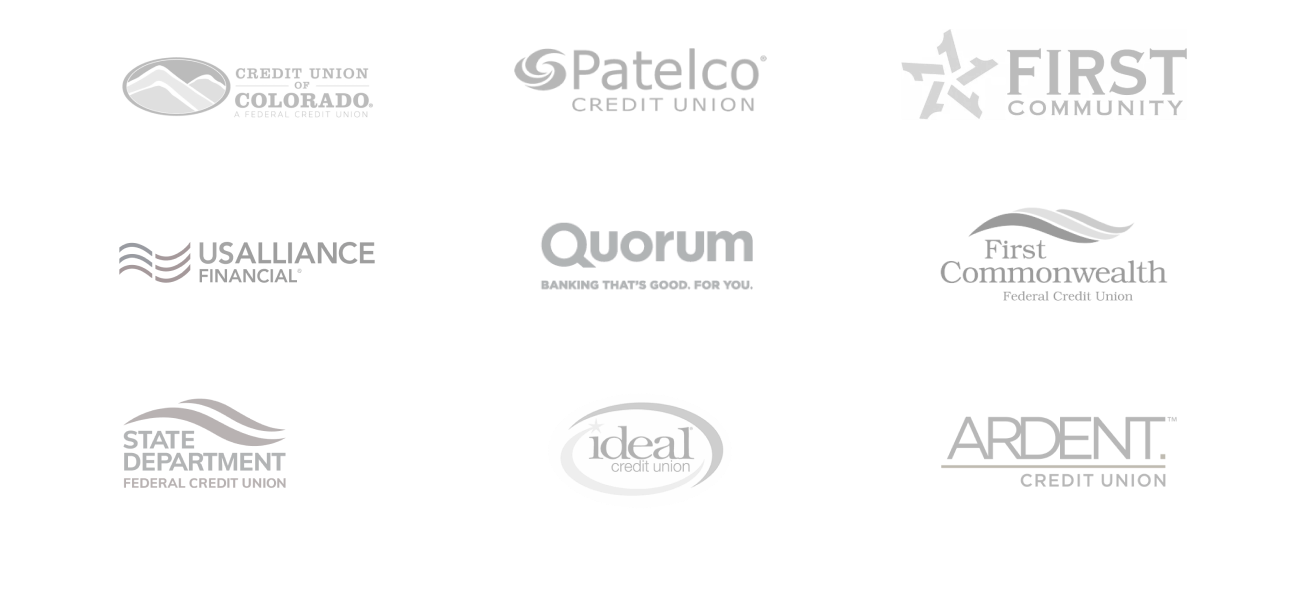RenoFi has joined forces with  to help you find the perfect pro for your project. Learn more
to help you find the perfect pro for your project. Learn more
 to help you find the perfect pro for your project. Learn more
to help you find the perfect pro for your project. Learn more





RenoFi Loans use the After Renovation Value instead of the home's current value, enabling the most borrowing power at the lowest rates available through our partner network. Thanks to RenoFi, homeowners now have a smart way to finance their renovation and tackle everything on their wishlist.





| Renovation Loans | Standard Cashout Refi | Standard Home Equity Loan | Construction Loan | |
| Loan based on the after renovation value | ||||
| Borrow up to 90% after renovation value | ||||
| No refinancing options available | ||||
| Inspections and draws not required | ||||
| See what RenoFi can do for you | ||||
Unlike traditional loans, RenoFi Loans factor in what your home will be worth after the renovation.
Multiple payment terms available. Rates are based on the after renovation value.
Have a great rate locked in on your first mortgage? Keep it!
No draws, no inspections, no contractor involvement with loan funds.
Lenders offering RenoFi Loans may charge closing costs and fees as they would for any home equity loan. Closing costs vary by lender and for RenoFi Home Equity Loans range from several hundred dollars ($700-$800) up to 1% of the loan amount. These costs typically include an origination fee, title and escrow fees, tax certifications, recording fees, other underwriting costs paid by the consumer to the lender, and may include title insurance for higher loan amounts. Closing costs do not include the cost of the appraisal.
The average appraisal cost is around $700, but can be in excess of $1000 depending on renovation size, complexity, and geographic location. It is important to note that the lender is taking the application and making a loan decision and that it is possible that you pay for an appraisal and are not approved for a loan.
During the renovation, some lenders may charge a monthly fee or a higher rate, but this is temporary and will cease once the renovation completes and RenoFi issues a certificate of completion.
Embarking on a home renovation project is an exciting milestone. RenoFi's resources will help you get started and make the right decisions along the way.
RenoFi Resources
Understand how home appraisals impact your renovation project funding. Learn how renovations can increase your home's value and maximize your return on investment post-renovation.
Room Guides
Financing a home addition can be done through home equity loans, HELOCs, construction loans, FHA 203k, home improvement loans, credit cards, and RenoFi. Learn more here.
Room Guides
Explore ADU housing and the 2023 challenges for accessory dwelling units. Gain insights into trends, regulations, and considerations. Find affordable ways to fund your ADU renovation project.
Room Guides
Thinking about converting your garage to an ADU and wondering if it’s a good idea? Here’s what you need to know!
Loan Education
There’s a better financing option for your home improvements.
Room Guides
A guide to financing a finished basement or remodel project in 2023
Loan Education
Decide if a HELOC vs Home Equity Loan is best for you. Figure out how useful they could be towards financing major projects like that home renovation you’ve been planning with this guide.
Home renovation loans provide funds to renovate, rehab, or purchase a home to increase property value using RenoFi, FHA 203k, Home Equity Loan, HELOC, and more.
